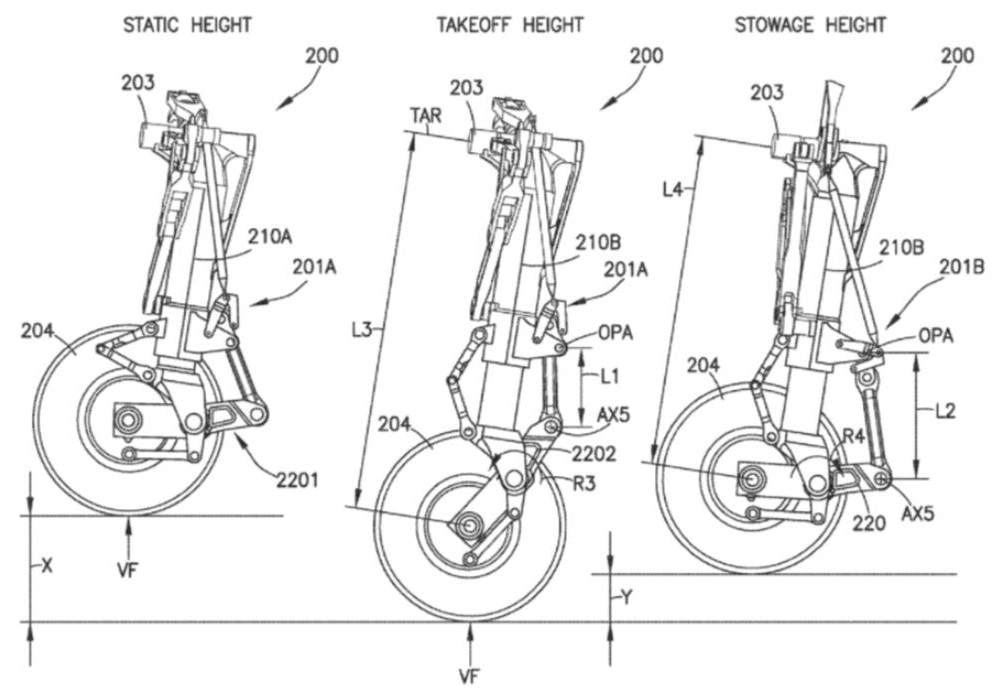 737 MAX-10
737 MAX-10
Home > History and Variants > 737 Max > 737 MAX-10
Contents
MAX-10
Boeing launched it's longest version of the MAX on 19 Jun 2017, to compete with the Airbus 321 NEO and fill the gap in the market left by the 757. The MAX-10 has over 361 firm orders and commitments, plus up to another 300 placed by Ryanair in May 2023.
After the announcement of the variant, Boeings Randy Tinseth has said that the 737 Max 10 will offer the same capacity as the slightly longer Airbus A321neo, but will be 2.8 tons lighter, have lower fuel consumption and slightly greater range. He went on to say that "We aren't looking to simply build something on par with the A321neo. We're bringing a better airplane to the market - and that's our focus."
The first MAX -10 fuselage, l/n 7644, arrived at Renton in early April 2019. The first aircraft was rolled out on 19 Nov 2019. Certification has been delayed until 2023 to develop changes required following the MAX grounding. The first flight was 18 Jun 2021 at 11am PDT (18:00 GMT) from Renton to Moses Lake by N27751 (66122/7644).
Certification has been delayed by slower processes following the FAAs tightening of procedures following the MAX accidents. This has delayed the expected certification date to late 2024 which is after the FAAs 27 Dec 2022 deadline after which all newly certified transport aircraft types require a "flight crew alerting system". Boeing sucessfully challenged the need for the MAX-10 and MAX-7 to have such a system as it would make it significantly different from other 737 models.
Significant changes are fuselage length, the addition of synthetic AoA and a redesigned landing gear.
Headlines:
- Length 43.8m / 143 feet 8 inches, ie 66 inches (1.68m) or 2 seat rows longer than the MAX-9
- Passenger capacity 230 in single-class layout, 12 seats more than the MAX-9.
- Mid-exit doors to be 4 inches wider to improve exit limit rating
- Range 3215nm. Slightly less than MAX-8 and -9 (3,515nm) but 265nm more than -900ER (A321NEO range c4000nm)
- Slightly higher MTOW, approx 92,000kg
- Engine LEAP-1B with possible thrust bump
- Levered MLG, that extends up to 24cm (9.5in) on take-off to prevent tail strike.
- Improved body contour to reduce the risk of tail strikes.
- An “improved flap design” that enables more approaches and landing at Flaps 40
- Maximum landing weight centre of gravity modified in a way that will avoid “tail tip” events.
- Autoland will be certified for lower landing flap settings to improve go-around climb performance following enroute icing conditions.
- A lighter flat aft pressure bulkhead
- A modified wing for low-speed drag reduction
- Enhanced AOA
- Overspeed / stall warning inhibit
- Certification date expected late 2024 or early 2025.
All of the information, photographs & schematics from this website and much more is now available in a 374 page printed book or in electronic format.
*** Updated 05 Aug 2023 ***




